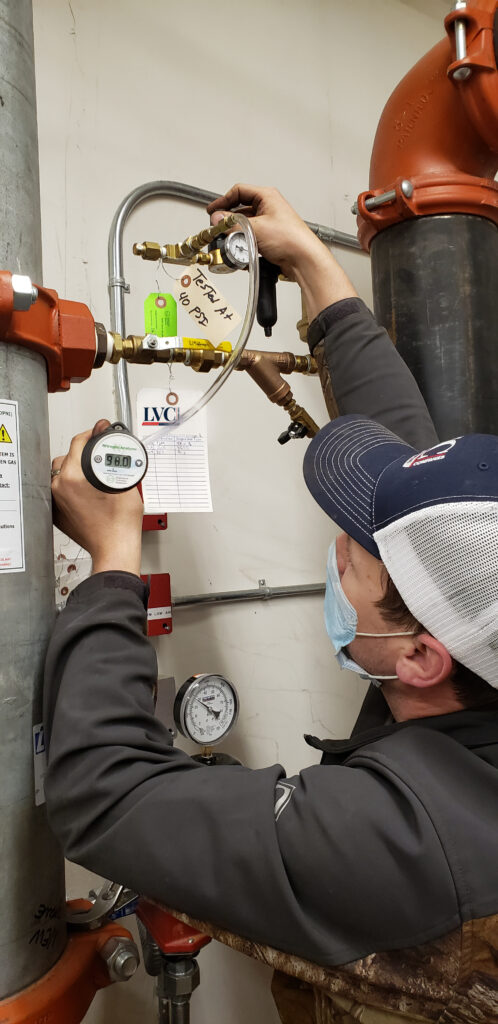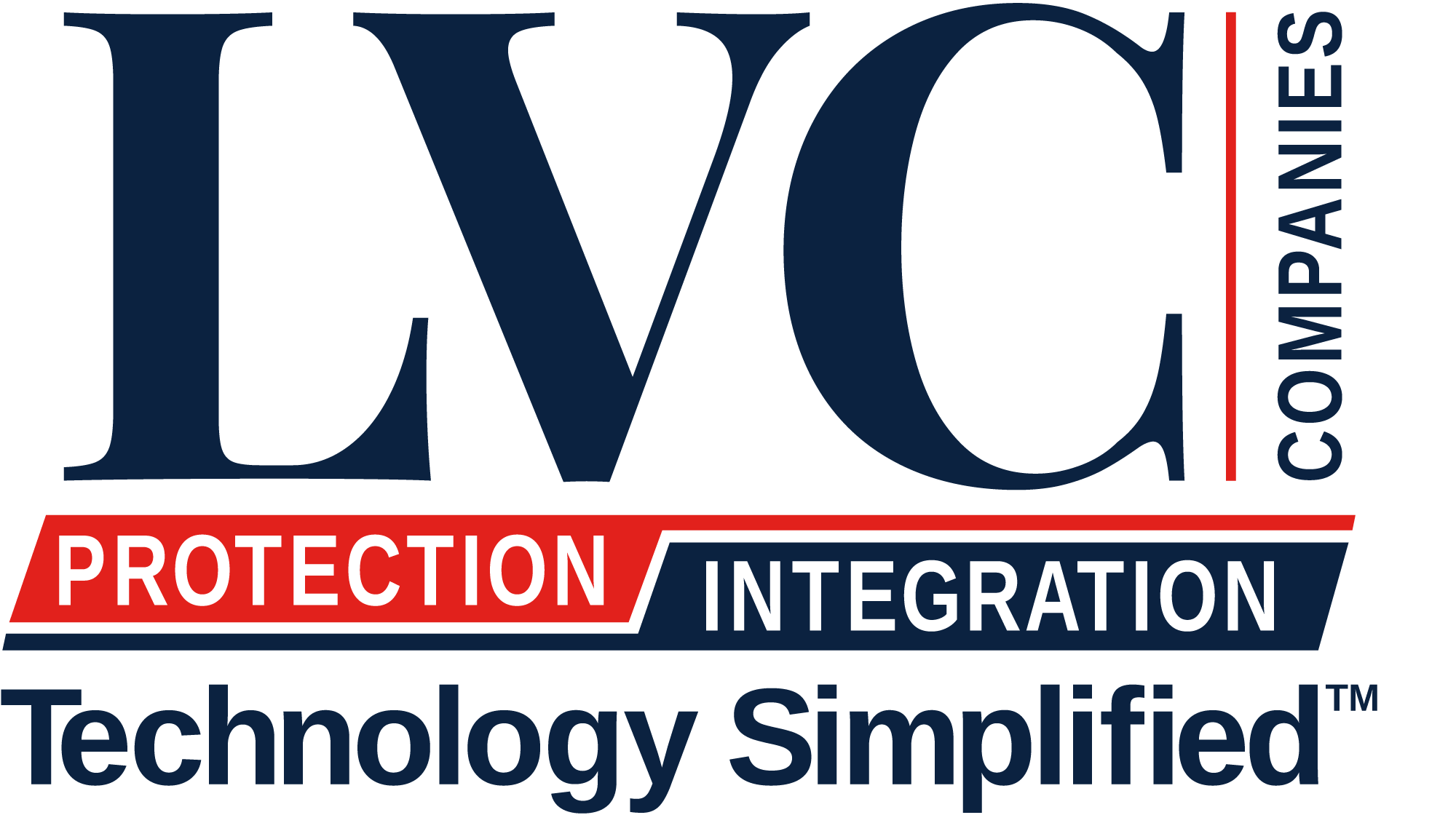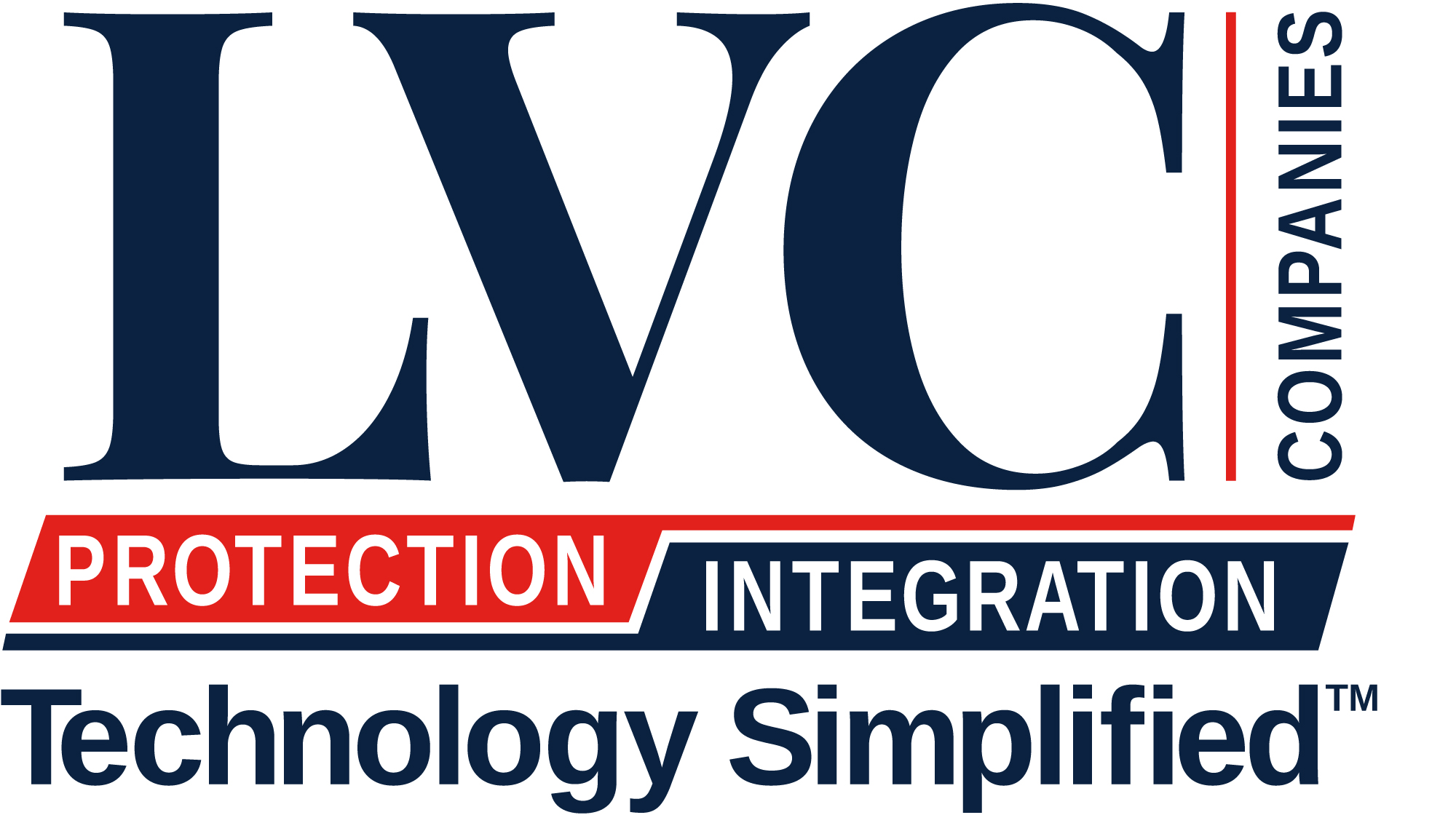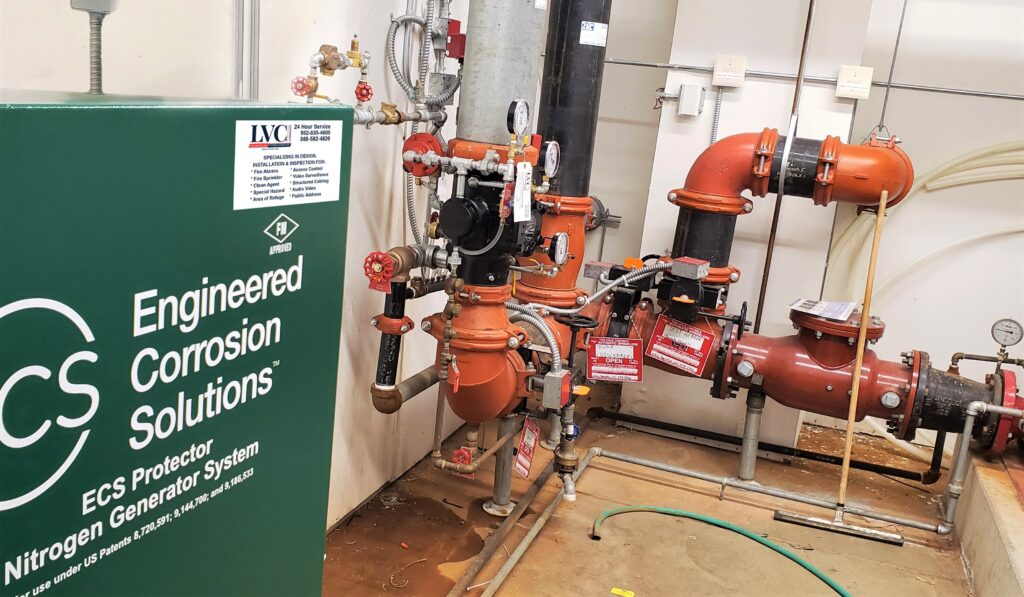
Protect Your Fire Sprinkler System From Costly Corrosion
Oxidation corrosion—better known as rust—relentlessly threatens fire sprinkler systems. Left unchecked, it weakens and clogs critical pipes and fittings, resulting in costly repairs and reduced system performance that imperils people, property, and revenue.
Thankfully, there is a simple, inexpensive way to stop corrosion: using nitrogen to replace oxygen as the residual gas in your sprinkler system. Called “nitrogen inerting,” the process is safe, effective, and costs far less than system replacement.
Nitrogen inerting is also infinitely less expensive than paying for damages or absorbing lost revenue caused by leaky pipes or fire damage.
Make no mistake, fire damage is a very real risk if your sprinkler system is compromised. A 2017 report by the National Fire Protection Association found that more than 80 percent of fire systems that activated but failed to control the fire were due to no water or insufficient water delivered to the blaze.
Here’s what you need to know to stop corrosion, save money, and protect your investment.
Corrosion 101
Aided and abetted by air trapped in the pipes, sprinkler system corrosion manifests itself in the form of pinhole leaks, water damage, plugged sprinkler heads, and reduced water flow. Ultimately, corrosion can lead to the untimely—and expensive—demise of your sprinkler system.
Aided and abetted by air trapped in the pipes, sprinkler system corrosion manifests itself in the form of pinhole leaks, water damage, plugged sprinkler heads, and reduced water flow. Ultimately, corrosion can lead to the untimely—and expensive—demise of your sprinkler system.
Rusty colored, deteriorating metal is a sure sign of oxidation corrosion, which occurs wherever oxygen, moisture, and iron are combined.
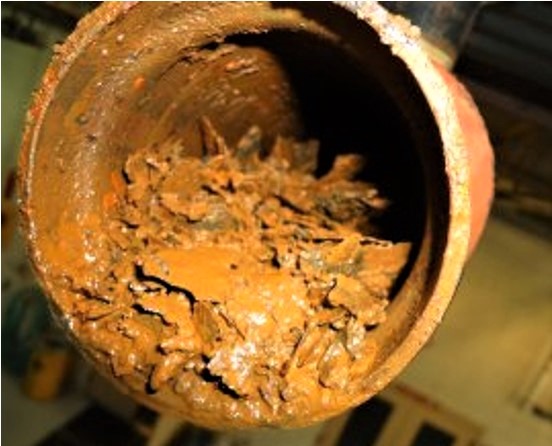
Inside a sprinkler pipe, orange- or black-tinted water is a red flag. Shades of orange are produced by Hematite (Fe203), a byproduct of the initial oxidation process, and are typically noticed within the first 30 days. As time goes on, the second phase of oxidation creates Magnetite (Fe304), which is responsible for turning sprinkler water black. Magnetite leaves its mark in about 90 days.
Ironically, draining a sprinkler system for mandatory testing, routine maintenance, or building improvements promotes corrosion. Every time a 1,000-gallon sprinkler system is drained and refilled, five pounds of metal goes down the drain, while seven pounds of sprinkler-choking Hematite is created.
Corrosion hotspots include anywhere air and water meet, such as high points in wet pipe systems and low points in dry systems, along with valve assemblies and perennially warm areas.
Nitrogen To The Rescue
Corrosion control and mitigation options range from strategically placed vents and surgical repairs to total system replacement. On the control front, an inexpensive yet highly efficient way to fight corrosion is to force the oxygen out of your sprinkler system.
Corrosion control and mitigation options range from strategically placed vents and surgical repairs to total system replacement. On the control front, an inexpensive yet highly efficient way to fight corrosion is to force the oxygen out of your sprinkler system.
Eliminating all vapor in wet or dry systems is impossible. The best option is replacing oxygen with something that won’t cause corrosion—namely, nitrogen gas.
Colorless, odorless, and relatively inert, nitrogen gas (created when two nitrogen atoms form a chemical bond) makes up nearly 80 percent of Earth’s atmosphere.
In the fire suppression business, nitrogen gas is an ideal choice for displacing hazardous, unstable, and combustible gasses. It’s also well suited for purging oxygen from sprinkler systems.
The nitrogen infusion process is straightforward. Options include installing a nitrogen generator, which separates nitrogen from oxygen and other trace gases, or drawing nitrogen from storage tanks. Either way, LVC’s industry-leading technicians can typically complete the setup process in a few hours or less and handle all future inspections and service.
LVC highly recommends nitrogen inerting to stop corrosion and is happy to discuss the options with you. While we also install world-class sprinkler systems, we’d rather help you save your current system than spend hundreds of thousands on an unnecessary replacement—and become your total compliance partner in all phases of life safety system service, testing, documentation, repair, and installation.
For more information or to schedule a free consultation, call LVC at: (952) 835-4600 today!
